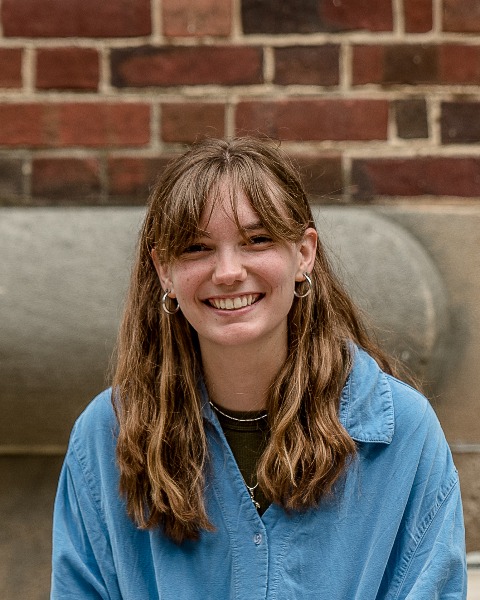Bones, Cartilage & Teeth Posters
Poster: Bones, Cartilage & Teeth Posters
37 - Contributions of Type-ii Collagen Gene-expressing Cells to the Development of the Dentary, Other Intramembranous Bones, and Teeth
Monday, March 25, 2024
10:15am - 12:15pm US EDT
Location: Sheraton Hall
Poster Board Number: 37
There are separate poster presentation times for odd and even posters.
Odd poster #s – first hour
Even poster #s – second hour
Co-authors:
There are separate poster presentation times for odd and even posters.
Odd poster #s – first hour
Even poster #s – second hour
Co-authors:
Mizuho Kawasaki - Anthropology - Pennsylvania State University; Cera Dickerson - Anthropology - Pennsylvania State University; Susan Motch Perrine - Anthropology - Pennsylvania State University; Joan Richtsmeier - Anthropology - Pennsylvania State University; Kazuhiko Kawasaki - Anthropology - Pennsylvania State University

Abigail Coupe
Research Technologist
The Pennsylvania State University
University Park, Pennsylvania, United States
Presenting Author(s)
Abstract Body : The type-II collagen gene (Col2a1) is highly expressed in chondrocytes and perichondrial cells and encodes the principal protein component of cartilage. During endochondral ossification, some Col2a1 -expressing cells differentiate into osteoblasts and contribute to bone formation. By contrast, the contribution of Col2a1-expressing cells to intramembranous ossification is not well understood. Here, we investigated the distribution of cells derived from Col2a1-expressing cells during intramembranous ossification of the dentary, which develops around Meckel’s cartilage (MC) and eventually replaces its rostral portion in the lower jaw. In this study, we used Col2a1-Cre;R26-tdTomato double transgenic mice, in which cells derived from Col2a1-expressing cells were labelled with a fluorescent reporter protein, tdTomato. At embryonic day (E)13.5 and E14.5, the dentary is spatially separated from MC. During this early developmental stage, only a few cells on the dentary surface showed tdTomato signals, hence differentiated from Col2a1-expressing cells. Conversely, virtually all chondrocytes and perichondrial cells of MC were derived from Col2a1-expressing cells. By E17.5, a rostral portion of MC was resorbed by osteo/chondroclasts, and the space of resorbed MC was occupied by RUNX2-producing osteoblasts or their precursors. We found that these cells and adjacent osteoblasts and their precursors, involved in the dentary formation, were differentiated from Col2a1-expressing cells. These osteoblasts and their precursors gradually decreased in density in peripheral regions and disappeared in more distal regions of the dentary. The distribution of these cells suggests that a significant portion of the dentary is formed by osteoblasts that were derived from Col2a1-expressing cells through either transdifferentiation from chondrocytes or differentiation from perichondrial cells of MC. We also detected osteoblasts derived from Col2a1-expressing cells on the premaxilla (not in a ventral region), frontal (limited to an inner layer), nasal, vomer, and parietal bones, and pulp cells of the upper incisor (but not lower incisor) and upper and lower first molars (some cells). These results illustrate complex origins and differentiation processes of cells involved in the formation of intramembranous bone and teeth.

